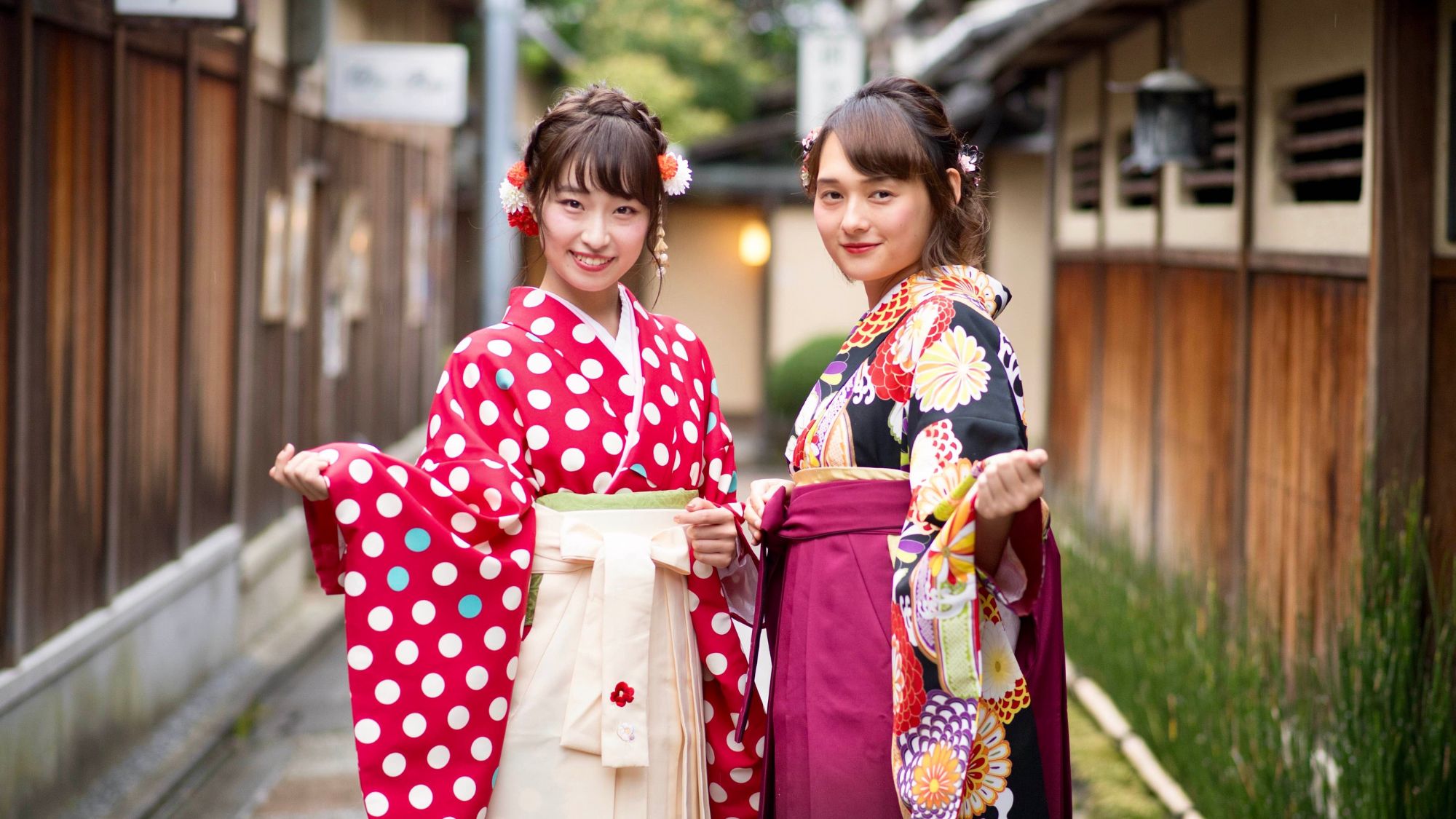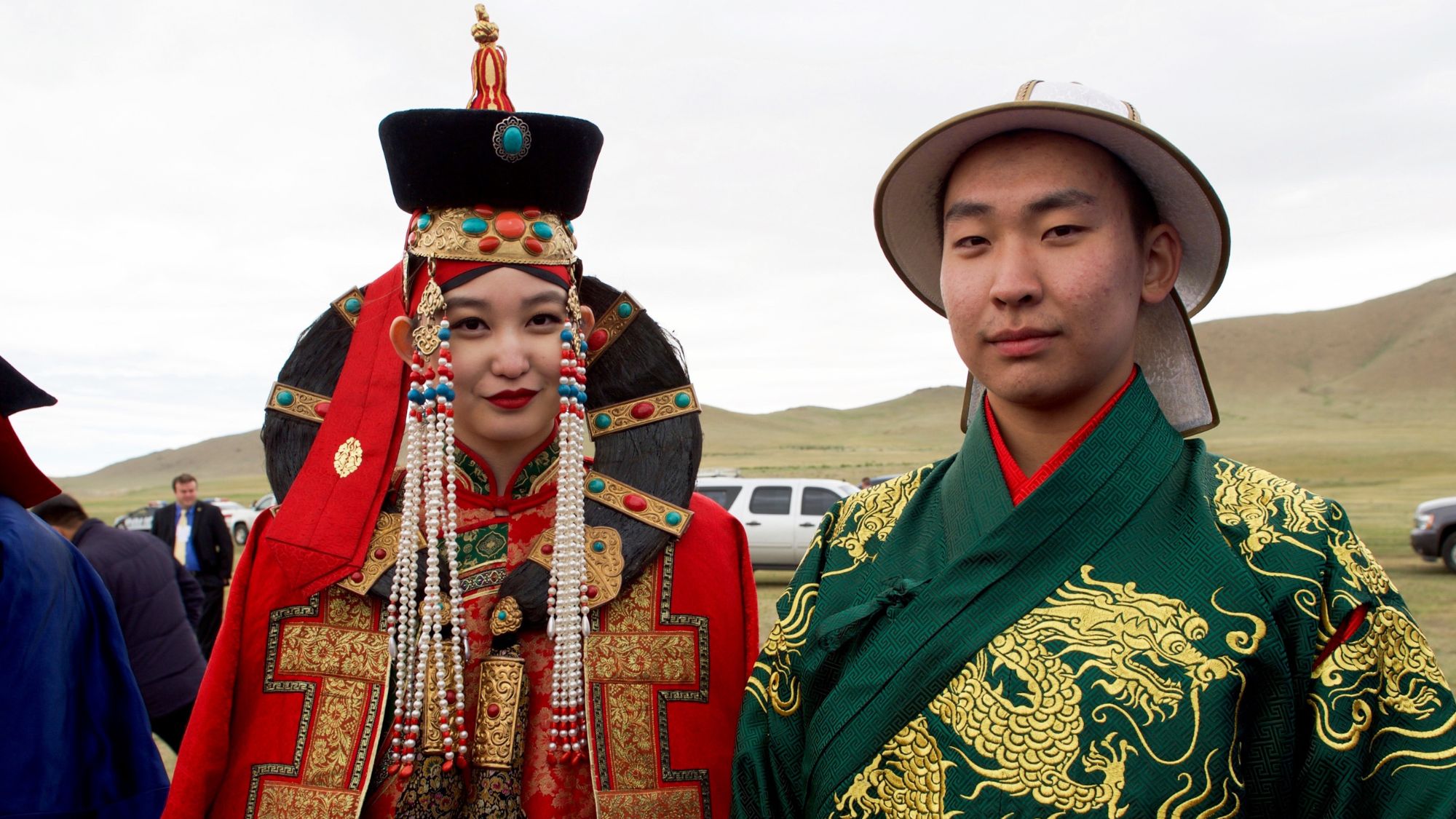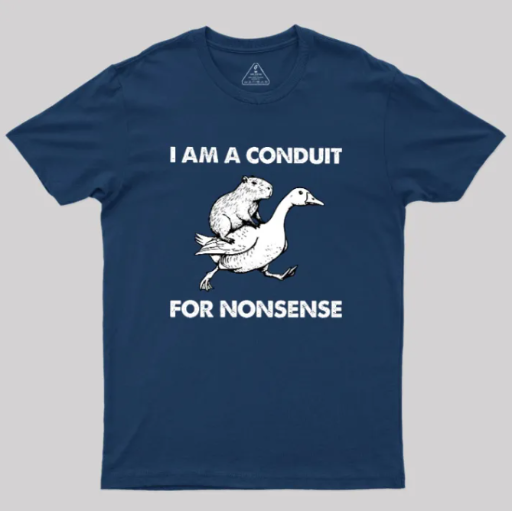FASHION
Exploring the Rich Tapestry of Asian Fashion Traditions

The rich history of Asian fashion traces back thousands of years, influenced by the region’s varied geography, climate, and cultural exchanges. Traditional garments often held symbolic meanings and were integral to cultural rituals and societal statuses. For instance, the ancient Chinese dynasties developed complex clothing systems like most Asian clothes to indicate social hierarchy, while in India, clothing styles evolved with the influence of various empires and trades. This historical context sets the stage for understanding how traditional fashion reflects deeper societal values and aesthetics unique to each Asian culture.
China’s Contribution to Asian Fashion:
Silk, one of the world’s most coveted fabrics & textiles, was first developed in ancient China, with its production kept a closely guarded secret for centuries. The material’s luxurious texture and vibrant dyes made it highly sought after across the globe, leading to the establishment of the Silk Road—a series of trade routes that spread silk, along with other goods and cultural ideas, across Asia and Europe. Chinese silk garments, known for their intricate weaving and embroidery, have significantly shaped global fashion trends and continue to influence modern fashion designers.
Japanese Kimono:
The Japanese kimono is a quintessential symbol of cultural tradition and aesthetic sophistication. Originally influenced by Chinese hanfu during the Nara period, the kimono evolved over centuries into a highly stylised garment, significant in various Japanese ceremonies and everyday life. Each element of a kimono—from the fabric to the colour and pattern—can signify the wearer’s age, marital status, season, and even personality traits. The delicate art of wearing and maintaining a kimono showcases the deep respect for tradition and meticulous care characteristic of Japanese culture.
India’s Sari: Versatility in Drapery:
The sari, an iconic garment from India, exemplifies versatility and enduring style in its drapery. Worn by millions of women across the Indian subcontinent, this simple yet elegant fabric, ranging from 5 to 9 yards in length, is wrapped around the body in various styles that differ by region, community, and occasion. The sari can be made from numerous materials, including cotton, silk, and synthetic fibres, and is often adorned with intricate embroidery, sequins, or gold and silver thread known as zari. This garment not only represents a key aspect of Indian cultural identity but also showcases the skill and creativity of its weavers and artisans.
Korean Hanbok: Vibrancy and Elegance:
The hanbok is the traditional attire of Korea, known for its vibrant colours and simple lines, which create a unique and elegant silhouette. Historically worn daily until just a little over a century ago, the modern hanbok is now typically reserved for festivals, celebrations, and ceremonies. The women’s hanbok consists of a blouse shirt or jacket called a jeogori and a wrap-around skirt called a chima, while the men’s version includes a jeogori and baggy pants called baji. The design of the hanbok reflects the Korean ethos of modesty, beauty in simplicity, and love of nature.
The Evolution of Batik in Indonesia and Malaysia:
Batik is a technique of wax-resist dyeing applied to whole cloth, and it is particularly associated with Indonesia and Malaysia. This traditional fabric art form involves using wax to create intricate patterns and designs on the fabric, which is then dyed in layers to produce vibrant patterns. UNESCO recognised Indonesian batik as a Masterpiece of Oral and Intangible Heritage of Humanity in 2009, highlighting its cultural significance. Batik fabric is used in various garments, from formal dresses and men’s shirts to everyday wear, and it symbolises cultural identity and artisanal craftsmanship in both Indonesian and Malaysian societies.
Philippines’ Barong Tagalog:
The Barong Tagalog is a traditional Filipino shirt and the national dress of the Philippines, known for its formal elegance. This garment is typically made from piña (pineapple fiber) or jusi (banana fiber) and is delicately embroidered with intricate designs. It is worn untucked over an undershirt, with the sheer fabric allowing for coolness in the tropical climate, reflecting a blend of indigenous and colonial influences, particularly Spanish. The Barong Tagalog is a symbol of Filipino pride and is commonly worn at official functions, weddings, and other important celebrations.
Thailand’s Traditional Dress:
Chut Thai, which means “Thai outfit,” is a term for traditional Thai clothing worn on ceremonial occasions. The various styles of Chut Thai, suitable for different events, reflect Thailand’s rich cultural heritage. For women, a popular style is the “Chut Thai phra ratcha niyom,” often worn by royalty and at formal events, which includes a beautifully woven silk skirt (pha nung), a matching shawl (sabai), and a silk blouse. Men’s traditional attire typically consists of a silk jacket over a sash and paired with trousers. Chut Thai is celebrated during traditional festivals and royal ceremonies, showcasing the aesthetic beauty of Thai silk and craftsmanship.
Mongolian Deel:
The deel is a traditional clothing item commonly worn in historical and modern-day Mongolia. This one-piece long garment resembles a caftan or robe and is worn with a belt, usually made of silk or cotton, with patterns that can indicate the wearer’s social status or the specific region they are from. The deel is suited to the nomadic lifestyle of many Mongolians, providing warmth and flexibility, and is designed to be versatile enough to be worn in both summer and winter. It is often worn during special occasions and festivals, continuing to be a proud symbol of Mongolian cultural identity.
Contemporary Asian Fashion:

In recent years, Asian fashion has seen a dynamic fusion of traditional elements with modern aesthetics, leading to innovative and cutting-edge designs that resonate on global runways. Designers from countries like Japan, South Korea, China, and India are at the forefront, incorporating traditional motifs, fabrics, and techniques with contemporary Asian fashion trends. This blend not only honours heritage but also pushes the boundaries of fashion, creating exciting new looks that influence the global fashion scene. This movement is a testament to the vibrancy and continual evolution of Asian fashion, as it adapts to the demands of modern consumers while preserving its rich traditions.
FASHION
High-Quality Graphic Tees Crafted for Comfort

Introduction to High-Quality Graphic Tees
High-quality graphic tees have become essential wardrobe staples for individuals seeking a balance between style and comfort. Unlike standard t-shirts, these tees are designed with premium fabrics and precise printing techniques to ensure longevity and visual appeal. Whether for casual outings, fan events, or everyday wear, high-quality graphic tees provide the perfect combination of practicality and style. geek t shirt and nerd shirts are popular examples of this category, combining fandom, humor, and unique artwork while ensuring a comfortable fit that can be enjoyed throughout the day.
The Importance of Comfort in Fashion
Comfort is a critical factor when selecting a t-shirt, as it directly impacts how often and how confidently a shirt can be worn. High-quality graphic tees use soft cotton, cotton blends, or breathable materials to provide a lightweight, flexible feel. A well-crafted geek t shirt ensures that intricate designs remain intact without causing discomfort, while a nerd shirt allows wearers to enjoy intellectual or humorous graphics without sacrificing fit or softness. Comfort does not mean compromising on style; instead, it enhances the overall experience of wearing a high-quality graphic tee.
Variety of Designs and Styles
One of the key features of high-quality graphic tees is the variety of designs they offer. From bold and colorful illustrations to minimalist or clever graphics, there is a style for every personality. Geek t shirts often feature iconic video game characters, comic book heroes, or popular movie icons, appealing to fans who want visually striking and recognizable designs. Nerd shirts integrate witty humor, scientific references, or educational motifs into their graphics, catering to individuals who enjoy expressing intellect in a stylish way. This diversity ensures that both men and women can find tees that resonate with their tastes and interests.
Premium Fabric and Craftsmanship
High-quality graphic tees are defined by the materials and craftsmanship used in their production. Soft, durable fabrics prevent wear and tear, while high-quality printing techniques maintain the integrity of intricate designs. nerd shirt benefit from prints that resist fading, ensuring fan-favorite characters remain vibrant over time. Nerd shirts retain the clarity of intellectual graphics, even after repeated washes. The combination of premium fabric and superior craftsmanship guarantees that high-quality graphic tees not only look good but feel great, making them practical, stylish, and long-lasting wardrobe essentials.
Styling High-Quality Graphic Tees
Graphic tees are versatile pieces that can be incorporated into a variety of outfits. A geek t shirt paired with jeans, shorts, or joggers creates a casual, relaxed look, while layering under a jacket, hoodie, or cardigan adds depth and a modern streetwear feel. Nerd shirts can be styled with chinos or skirts for a smart-casual appearance, combining intellect and fashion seamlessly. Accessories such as sneakers, watches, and hats complete the look, demonstrating that high-quality graphic tees can serve as the focal point of a well-rounded, stylish outfit suitable for different occasions.
Cultural Relevance and Personal Expression
High-quality graphic tees also serve as a medium for personal expression and cultural engagement. Geek t shirts allow wearers to celebrate beloved franchises, gaming cultures, or pop culture moments, fostering a sense of community among enthusiasts. Nerd shirts combine humor, intellect, or science-based themes with style, appealing to individuals who appreciate creativity and wit. Wearing these t-shirts allows men and women to communicate their interests and personality visually, making fashion an extension of identity. Graphic tees, therefore, are not merely clothing—they are a reflection of individuality and cultural connection.
Limited Editions and Collectibility
Many high-quality graphic tees are offered as limited editions or special collections, enhancing their appeal to collectors and fans. Limited edition geek t shirts may include rare character artwork, exclusive collaborations, or fan-favorite franchise graphics, making them highly sought after. Nerd shirts with unique or clever graphics can also become collectible pieces, appealing to those who enjoy owning rare and distinctive clothing. Collecting these tees allows enthusiasts to build a curated wardrobe that combines style, comfort, and exclusivity, transforming everyday apparel into meaningful and collectible items.
Building a High-Quality Tee Collection
Creating a collection of high-quality graphic tees enables individuals to express personality, creativity, and fandom consistently. Combining geek t shirts and nerd shirts ensures a diverse selection of themes, designs, and aesthetics suitable for multiple occasions. Regularly updating the collection with new releases, seasonal designs, or limited edition graphics keeps the wardrobe exciting and fresh. With an emphasis on comfort, durability, and striking visuals, a well-curated graphic tee collection becomes an essential foundation for any wardrobe, offering a versatile way to merge style, individuality, and fandom appreciation.
Conclusion
High-quality graphic tees crafted for comfort provide the perfect balance of style, durability, and personal expression. Geek t shirts and nerd shirts allow wearers to showcase favorite characters, fandoms, or intellectual humor while maintaining a comfortable fit suitable for everyday wear. With a wide range of designs, premium fabrics, and collectible limited editions, these t-shirts serve as wardrobe staples for men and women seeking style, practicality, and self-expression. Versatile, durable, and visually striking, high-quality graphic tees elevate casual fashion, making them indispensable for anyone who wants to combine comfort, creativity, and bold design in their wardrobe.
FASHION
Baby Tees Designed for Fun and Play

Introduction to Y2K Baby Tees
In today’s world of children’s fashion, parents are increasingly seeking clothing that combines comfort, style, and functionality. Y2K baby tees have emerged as a favorite choice for parents looking for playful yet practical clothing options. Inspired by early 2000s fashion trends, these tees feature vibrant colors, fun graphics, and retro patterns that appeal to both parents and children. Y2K shirts are designed to make dressing fun, offering a way for little ones to express their personality while staying comfortable throughout their day.
Why Y2K Shirts Are Ideal for Active Kids
Active babies and toddlers need clothing that supports their movement and daily adventures. Y2K shirts are created with soft, breathable fabrics such as cotton or cotton blends, making them gentle on sensitive skin while providing flexibility and comfort. The durability of these tees ensures they withstand active play, frequent washing, and outdoor activities. This combination of practical functionality and playful style makes y2k baby tees a perfect choice for children who are constantly exploring and learning about the world around them.
Fun and Creative Designs in Y2K Baby Tees
One of the most appealing aspects of Y2K baby tees is the wide variety of designs available. Retro cartoons, abstract patterns, neon graphics, tie-dye effects, and smiley faces are some of the popular motifs. These designs are both visually stimulating for children and nostalgic for parents who remember early 2000s fashion. Y2K shirts allow children to express their personalities while wearing clothing that is fun, colorful, and engaging. These tees can be paired with leggings, shorts, or skirts to create stylish, versatile outfits suitable for daily play.
Styling Y2K Shirts for Play and Everyday Wear
Styling Y2K baby tees for daily activities is simple and allows for endless outfit possibilities. For playdates or park visits, pairing a tee with soft leggings, elastic-waist shorts, or skirts provides maximum comfort and ease of movement. Sneakers, sandals, or slip-on shoes complete the look, while accessories such as hats or colorful socks can enhance the outfit’s playful vibe. For family outings or special occasions, layering a Y2K shirt under a cardigan or pairing it with stylish pants or skirts can create a polished yet fun ensemble. These tees offer versatility, making it easy to create outfits that are both functional and fashionable.
Comfort and Fabric Quality of Y2K Baby Tees
Comfort is crucial when selecting clothing for babies and toddlers, and Y2K baby tees are designed with this in mind. The soft, breathable fabrics ensure that children remain comfortable while crawling, running, or playing outdoors. High-quality cotton or cotton blends help regulate body temperature, keeping children cool during active play and warm during cooler months when layered. Durable stitching and resilient fabrics mean that Y2K shirts maintain their shape, color, and softness even after repeated washes. This ensures long-lasting comfort and enjoyment for both children and parents.
Benefits of Adding Y2K Shirts to Your Child’s Wardrobe
Incorporating Y2K shirts into a child’s wardrobe provides multiple benefits. These tees encourage self-expression, allowing children to showcase their personality through fun and creative designs. Their versatility allows parents to mix and match with different bottoms and accessories, creating countless outfit combinations for everyday adventures. The durability and easy maintenance of Y2K baby tees make them practical for busy families. Overall, these shirts are a functional, stylish, and long-lasting addition to any child’s wardrobe, making them ideal for both playtime and casual outings.
Where to Shop for Y2K Baby Tees
Finding high-quality Y2K baby tees is easier than ever thanks to online retailers and specialty children’s boutiques. Many stores offer a wide range of sizes, colors, and patterns to suit every child’s preferences. Seasonal collections and limited-edition designs provide unique options for parents seeking distinctive wardrobe pieces. When shopping, parents should consider fabric quality, sizing charts, and customer reviews to ensure comfort, durability, and style. Trusted retailers make it simple to find Y2K shirts that children will love to wear while exploring, playing, and enjoying their daily adventures.
Incorporating Y2K Shirts into Everyday Adventures
Y2K baby tees can easily become staple pieces in a child’s wardrobe, offering both comfort and style for everyday activities. Pairing these tees with leggings, shorts, or skirts ensures children can move freely while enjoying playful and colorful designs. Layering in cooler months with jackets, cardigans, or hoodies adds warmth without sacrificing style. Over time, these tees can become signature pieces that reflect a child’s personality and a parent’s sense of fashion. By combining durability, comfort, and fun designs, y2k shirts provide an effective way to dress children in outfits that are functional, stylish, and perfect for play.
Conclusion
Y2K baby tees and Y2K shirts designed for fun and play provide the ideal combination of comfort, style, and practicality for children. With soft, breathable fabrics and playful, vibrant designs, these tees allow children to move freely while expressing their personality through fashion. Suitable for playtime, casual outings, or family activities, Y2K shirts can be paired with a variety of bottoms and accessories to create creative, functional outfits. Incorporating Y2K baby tees into a child’s wardrobe ensures clothing that is stylish, durable, and full of charm. These tees are more than just apparel—they are a practical and playful solution for parents looking to provide their little ones with clothing that supports both fun and fashion.
FASHION
How Our Fleece Hoodie Sets Inspire Confidence, Comfort, and Connection

Combining Faith and Fashion for Everyday Wear
In the modern world, clothing is more than a necessity—it is a reflection of personality, values, and lifestyle. For believers, fashion can be an extension of faith, allowing them to express spiritual devotion while embracing comfort and style. Our fleece hoodie sets were designed with this vision in mind, merging faith-inspired design with cozy, versatile wear. christian hoodie sets provide adults with a way to carry messages of hope and encouragement wherever they go, while christian kids hoodie sets allow children to participate in faith-based expression from an early age.
The collection reflects the idea that clothing can empower, uplift, and unify. Wearing a hoodie that communicates a message of faith reminds individuals of their values, boosting confidence and reinforcing a sense of purpose throughout the day. From family outings to casual gatherings, these hoodies make faith a living part of everyday life.
Comfort That Supports Daily Life
One of the most significant benefits of fleece hoodie sets is the unmatched comfort they provide. Designed with soft, high-quality fleece, these hoodies offer warmth without bulk, making them ideal for both indoor and outdoor activities. Christian hoodie sets prioritize comfort while maintaining a polished and versatile appearance, allowing adults to move freely and engage in their daily routines with ease.
Children benefit from the same thoughtful design in christian kids hoodie sets. These hoodies are crafted to be soft and flexible, accommodating active play and long school days without restricting movement. The fleece material ensures that kids remain warm and comfortable while promoting confidence through functional and stylish clothing. Comfort, in this sense, becomes more than physical—it is the foundation for feeling secure, self-assured, and ready to embrace challenges.
Inspiring Confidence Through Faith-Based Design
Confidence often stems from feeling aligned with one’s values, and our fleece hoodie sets offer a tangible way to embody faith through clothing. Each design includes Christian symbols, verses, or uplifting messages that remind wearers of their spiritual foundation. Christian hoodie sets inspire adults to step into each day with a sense of purpose and assurance, knowing that their clothing reflects their beliefs.
For children, christian kids hoodie sets help cultivate self-confidence by merging comfort with meaningful design. Young wearers learn that faith is not only practiced through prayer or church attendance but can also be expressed proudly through everyday choices. These hoodies become a gentle encouragement for kids to embrace who they are and the values their families hold dear.
Creating Meaningful Connections with Others
Our fleece hoodie sets are designed to foster connection, both within families and in broader communities. Wearing a hoodie that carries a message of faith can spark conversations, allowing wearers to share their beliefs and experiences in approachable ways. Christian hoodie sets act as conversation starters, helping adults connect with like-minded individuals or provide encouragement to those who may need it.
Christian kids hoodie sets serve a similar purpose for younger wearers. Children can take pride in sharing their faith through clothing, creating bonds with peers, family members, and church friends. By wearing these hoodies, both adults and children become part of a network of believers, strengthening relationships and encouraging shared experiences rooted in faith.
Matching Family Hoodies for Unity and Togetherness
One of the unique features of our fleece hoodie collection is the availability of coordinated designs for families. Matching christian hoodie sets and christian kids hoodie sets allow parents and children to wear outfits that visually express their shared values. This coordination is more than a style statement—it symbolizes the unity and connection within a family’s faith journey.
Families often report that wearing matching hoodies makes special events, church outings, or holiday gatherings even more memorable. Children feel included in their parents’ spiritual life, while adults appreciate the opportunity to visually reinforce family bonds and shared beliefs. These hoodies strengthen family identity and provide a tangible expression of love, faith, and togetherness.
Versatility for Any Occasion
Fleece hoodie sets are not limited to casual wear; their design makes them suitable for a wide range of occasions. Adults can pair christian hoodie sets with jeans, leggings, or casual pants, transitioning seamlessly from home to church, volunteering, or outdoor activities. The hoodies also layer well with jackets or coats, providing additional warmth during colder seasons.
Children experience similar versatility with christian kids hoodie sets. Whether attending school, participating in extracurricular activities, or enjoying family outings, these hoodies accommodate active lifestyles while maintaining a faith-driven aesthetic. The adaptability of fleece hoodies ensures that wearers are always comfortable, confident, and connected to their spiritual values regardless of where the day takes them.
Encouraging Positivity and Mindfulness
Beyond physical comfort and faith expression, fleece hoodie sets encourage mindfulness and positivity. Each design serves as a subtle reminder of hope, perseverance, and love, creating an uplifting influence on the wearer’s mindset. Christian hoodie setschristian kids hoodie sets offer adults reassurance during challenging days, helping them maintain focus on gratitude, patience, and spiritual growth.
For children, christian kids hoodie sets provide an early lesson in cultivating positivity and resilience. Faith-centered designs teach children to reflect on their values and engage with the world through a lens of hope and kindness. By wearing these hoodies, both adults and children carry a small yet consistent encouragement that reinforces confidence and spiritual well-being throughout their daily routines.
Conclusion: Comfort, Confidence, and Connection in Every Hoodie
Our fleece hoodie sets exemplify the powerful intersection of faith, comfort, and community. Christian hoodie sets provide adults with a practical and stylish way to express their beliefs while enjoying warmth and versatility. Christian kids hoodie sets do the same for children, fostering confidence and a sense of belonging at an early age.
From everyday wear to special gatherings, these hoodies offer more than clothing—they provide a tangible way to live out faith, connect with others, and feel secure in one’s values. Matching family sets strengthen bonds, while meaningful designs inspire reflection, positivity, and spiritual awareness. Through the GuidingCross fleece hoodie collection, families and individuals can experience the unique combination of comfort, confidence, and connection, making every day an opportunity to embrace faith with intention, joy, and style.
-

 TECHNOLOGY2 years ago
TECHNOLOGY2 years agoElevating Game Day Eats: A Guide to Crafting Crowd-Pleasing Sliders
-

 ENTERTAINMENT2 years ago
ENTERTAINMENT2 years agowave_of_happy_: Your Ultimate Guide
-

 FASHION2 years ago
FASHION2 years agoGPMsign Fashion: Redefining Style with Purpose
-

 TECHNOLOGY1 year ago
TECHNOLOGY1 year agoTrader Joe’s Dayforce: Revolutionizing Workforce Management
-

 FOOD2 years ago
FOOD2 years agoAltador Cup Food Court Background: A Culinary Extravaganza Unveiled
-

 HOME IMPROVEMENT1 year ago
HOME IMPROVEMENT1 year agoWhat Kitchen Renovation Companies Offer Beyond Basic Remodeling
-

 SPORTS2 years ago
SPORTS2 years agoScore Chaser Sporting Clays: A Thrilling Pursuit of Precision
-

 NEWS2 years ago
NEWS2 years agoNyl2 Kemono: Unveiling the World


